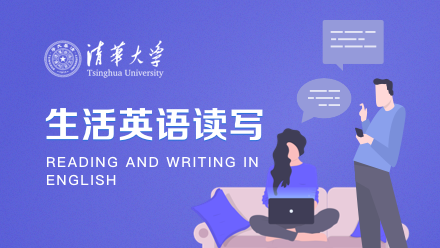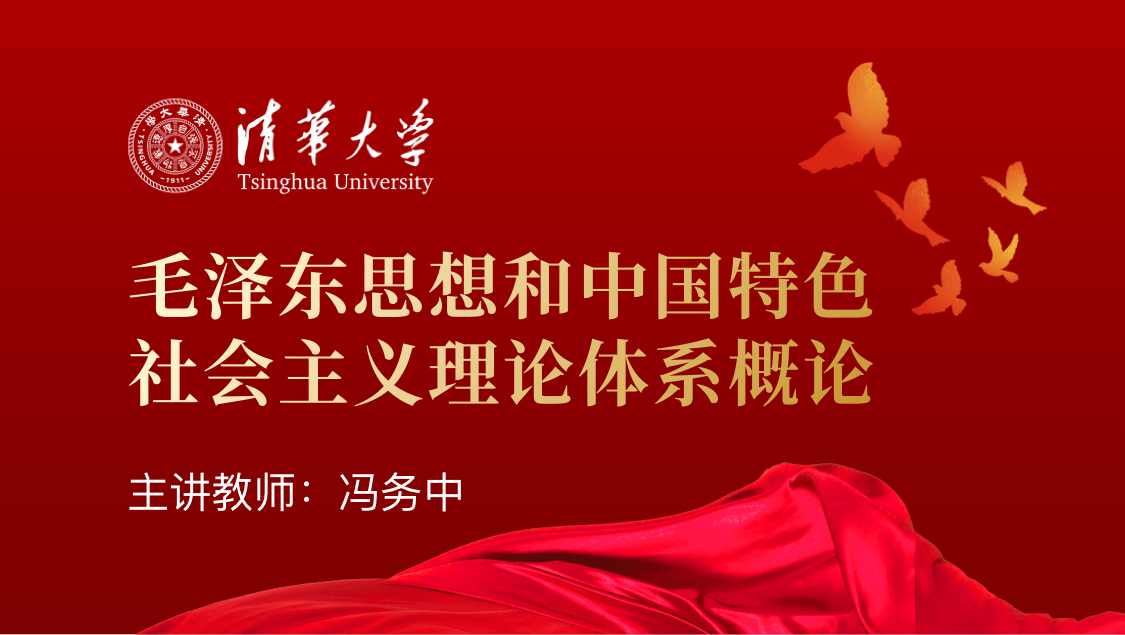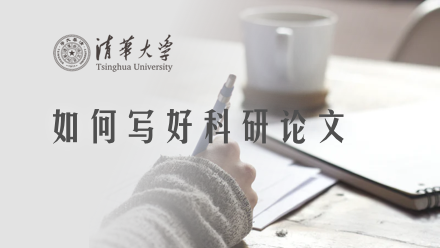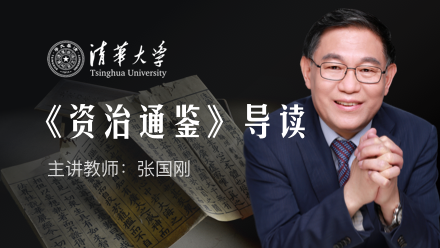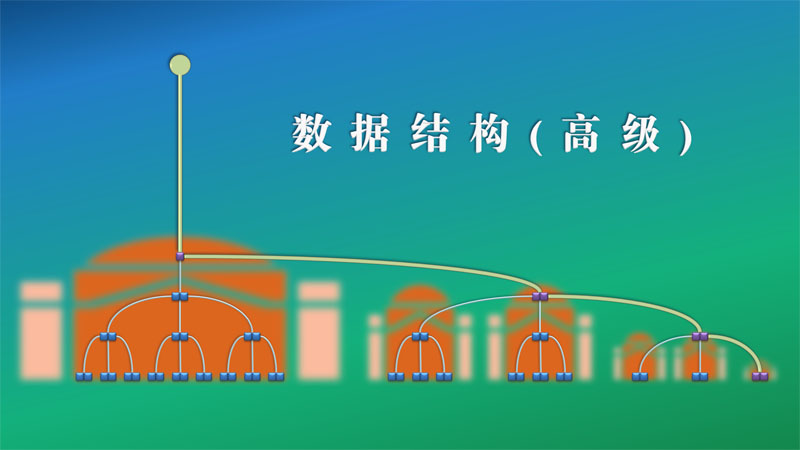
当前课程知识点:生活英语读写 > Unit 4 Cities > 8.Writing Doctor > Video
你好,石头
我看到你已经写了几篇作文了
不过今天我想让你
再写一篇
是关于绿色城市
这是一个四级考试的题目
我觉得这个题目很有实际意义
尤其是近几年
环境污染
已经是一个很严重的问题了
是的
所以很多老师都让
学生写这个题目
要写这个题目
首先你得介绍一下
目前的状况
然后
试着找出问题所在
真正的问题是什么
然后再提出建议
看看如何改善
目前的状况
大概了解了
这样的写作结构可以用在
很多题目上
是的
我的学生都拿这个做模板
但我觉得观点是
不能复制
我很开心可以和你一起
阅读欢瑞这周写的作文
然后我们一起来学习
好的
首先,我们看第1稿
在第1段中
有一个很好的开头句
the environment of Beijing
is becoming worse
这个句子介绍了
北京现在的状况
第二句中
作者给了我们为什么
环境越来越糟糕的原因
这里作者提到了气候
雾霾和沙尘暴
第三句话
作者总结道
people are suffering from it a lot
这句话写的不是很好
因为太口语化了
在第1段中用一个长句
会很好
作者说
Measures must be taken
to change the situation
在这里situation已经被提及了
因为雾霾和沙尘暴就是
当下的状况
那么措施是什么呢
这样作者就引出了第二段
给出了第一个措施
First
citizens should remember the idea of
keeping a greener city all the time
作者用了三个“should”
来指代为了改变现状
应该采取的
三个步骤
little and big
是用来创造反差的单词
在前一句中
作者写到了政府
我想知道他们指的是谁
在总结句中
作者通过
“greener city is important for everyone”
来重申主题
这里结论是
Above measures should be taken to keep it
一个更好的
表达方式是
these measures should be taken to keep it
现在让我们看第2稿
在第2句中
作者提高了
thick smog covers the sky
from time to time
这两个细节
“雾霾”和“沙尘暴”
都是让北京变成一个灰色城市的原因
这篇文章是一个问题-解决方案的文章
从这篇文章
你可以先想清楚
问题
然后想想
如何解决这个问题
现在让我们看看第2段
最后两句话
和 what can we do to save it
这里作者提出了一个问题
然后紧接着
作者提到了
here are some suggestions
which maybe of some help
这样我们就会想
在下一个段落里
读到或者找到一些建议
在第2段中
作者提到了
the first key to solve this problem
我想说的是
this+problem 指示了
第一段中提到的概念
这个结构在连接观点上
是很有用的
下一段中
Secondly
things are easier said than done
We should take actual moves
in the process of defending
the greenness around us
当作者告诉我们
第二个原因的时候
他说
There will be a big change
if all of us are fighting for
one single aim
如果我们要表述的是
一个大家都知道的事实
那么最好不要用过于绝对的词语
可以用 may can could might
来表达你的观点或是
来为你的解决方法
提供可能的支持
在这句话中
there will be a big change
表达了一个观点
但是我们不确定
我们期待的这个大改变
到底是什么
在最后两段中
作者又回到了
政府能够做些什么上
最后他说
effective measures should be taken
to reverse the present situation
这里有效的措施
已经在之前的三个段落中总结到了
所以这一稿是写的很好的
文本标记
文本标记是在口语和写作中
用来“标记”文本的
单词和词组
文本标记通过
表达转折
结合观点
表达态度
和通常意义上的掌握沟通来起到作用
一些人把文本标记
看做只是在口语中才会出现的情形
比如说
actually so OK right
和 anyway
都是文本标记
可以帮助说话者掌握
谈话进程以及
在谈话发生改变时给出提示
写作中的文本标记
文本标记在
正式和非正式的
母语使用中
都是很重要的特征
熟练的使用文本标记
展现了流畅性
以及创造
和理解语音可信度的能力
将凝聚力融入写作中
连贯性是观点之间
如何过渡
和连接的一个特征
下面这个文本是不连贯的
The proportion of older adults
with age-related vision loss
is estimated to be as high as one
in three over the age of 50
In Canada
that's roughly 3.6 million people
3 Many people turn to adaptive devices
designed to magnify objects
and text
4 The iPad is just as effective
a visual aid as traditional devices
A recent study proves that
the Apple iPad is as good as
technology traditionally used
in reading rehabilitation
for individuals with visual impairment
尽管
这五个句子
都是正确的
并且每一个句子
都很规范
但是观点却不连贯
也许作者的脑海中
对每个句子是有自己的逻辑的
但我们从文中看不出来
连贯性是可以影响文章的
可读性的
凝聚力
凝聚力是使用语法
和词汇来达到
连接文本的作用
不管是口语还是
写作中
凝聚力意味着将词组连接起来
让文本清晰可读
凝聚力可以通过几个方式实现
现在让我们看看这个例子
The proportion of older adults
with age-related vision loss is
estimated to be as high as one in three
over the age of 50
在第一句话中
老年人是指的
50岁以上的人
这里三分之一指的是
很多
然后作者
给了一个证据
In Canada that's roughly
3.6 million people
在下一个句子中
Many of these individuals
在这里 这些人
指的是三分之一的老年人
他们有50多岁了
也就是前两个句子中
提到的
Many of these individuals
tend to adapt devices designed
by objects and text
but this device can be expensive
You need functional and boatkey
And the ipad
a technological device
that is relatively cheap
serves many purposes
and smaller than most boats
And it is just as effective of visual aid
as traditional devices
在这两个段落中
你会发现
作者其实是
在昂贵的电子产品和
传统的电子产品之间作比较
当作者提到iPad时
其实是在说
为什么iPad比传统的电子产品
更有优势
他的观点有三个
那就是
iPad 更便宜
有多重用途
并且更小巧
在结论段中
a recent study provides first
is the paramental evidence
that Apple iPad is as good as
technology
traditionally used in reading rehabilitation
for individuals with visual impairment
这一段中凝聚力的一个特征
就是重复了之前提高过的
所有相关词汇
在这种情况下
老年人和
50岁以上的人
是一样的概念
这样就让我们
在词组之间有了连贯性
也让一个长句变得简洁
作者省略了很多
我们从文本中已经可以明白的词语
在这句话中
这些人指的就是
50岁以上的人
但是我们没有这样说
因为概念已经很清楚了
第二
凝聚力的第二个特征就是
使用代词
或是一些其他的指示词
在这篇文章的第三句话中
作者使用了“this”
来指代之前提到的概念
指示词和
指示词组的例子有
代词 he she it they
指示代词 this that these those
other phrases the former the latter
the first the second
文本标记 比如说连词
和过渡词
对于增加凝聚力也是很重要的
比如说
we have end
in addition besides furthermore
next after that finally but yet
though however so then therefore
-1.Introduction
--Video
-2.Text A:Successful English Learner
--Video
-3.Key Words
--Video
-4.Sentences
--Video
--Unit1-4
-5.Text B:Our Crazy Language
--Video
--Unit1-5
-6.Reading Skills
--Video
--Unit1-6
-7.Cultural Focus
--Video
--Unit1-7
-8.Writing Doctor
--Video
--Unit1-8
-9.Study Guide
--Video
--Unit1-9
-10.Literature Tutor
--Video
--Unit1-10
-11.Summary
--Video
--Unit1-11
-12.Discussion
-1.Introduction
--Video
-2.Text A:Cambridge– the University Town
--Video
--Unit2-2
-3.Key Words
--Video
--Unit2-3
-4.Sentences
--Video
--Unit2-4
-5.Text B:Oxford
--Video
--Unit2-5
-6.Reading Skills
--Video
--Unit2-6
-7.Cultural Focus
--Video
--Video
--Unit2-7
-8.Writing Doctor
--Video
--Unit2-8
-9.Study Guide
--Video
--Unit2-9
-10.Literature Tutor
--Video
--Unit2-10
-11.Summary
--Video
-12.Discussion
-1.Introduction
--Video
-2.Text A: Space
--Video
--Unit3-2
-3.Key Words
--Video
--Unit3-3
-4.Sentences
--Video
--Unit3-4
-5.Text B: Getting Along Verbally and Nonverbally
--Video
--Unit3-5
-6.Reading Skills
--Video
--Unit3-6
-7.Cultural Focus
--Video
--Unit3-7
-8.Writing Doctor
--Video
--Unit3-8
-9.Study Guide
--Video
--Unit3-9
-10.Literature Tutor
--Video
--Unit3-10
-11.Summary
--Video
-12.Discussion
-1.Introduction
--Video
-2.Text A:New York City
--Video
-Unit4-2
-3.Key Words
--Video
--Unit4-3
-4.Sentences
--Video
--Unit4-4
-5.Text B:London
--Video
--Unit4-5
-6.Reading Skills
--Video
--Unit4-6
-7.Cultural Focus
--Video
--Unit4-7
-8.Writing Doctor
--Video
--Unit4-8
-9.Study Guide
--Video
--Unit4-9
-10.Literature Tutor
--Video
--Unit4-10
-11.Summary
--Video
-12.Discussion
-1.Introduction
--Video
-2.Text A:You’re in. Now pay up
--Video
--Unit5-2
-3.Key Words
--Video
--Unit5-3
-4.Sentences
--Video
--Unit5-4
-5.Text B:Companionship of Books
--Video
--Unit5-5
-6.Reading Skills
--Video
--Unit5-6
-7.Cultural Focus
--Video
--Unit5-7
-8.Writing Doctor
--Unit5-8
--Video
-9.Study Guide
--Video
--Unit5-9
-10.Literature Tutor
--Video
--Unit5-10
-11.Summary
--Video
-12.Discussion
-1.Introduction
--Video
-2.Text A:How to Raise Polite Kids in a Rude World
--Video
--Unit6-2
-3.Key Words
--Video
--Unit6-3
-4.Sentences
--Video
--Unit6-4
-5.Text B:American Table Manners
--Video
--Unit6-5
-6.Reading Skills
--Video
--第六章第六节测试题
-7.Cultural Focus
--Video
--Unit6-7
-8.Writing Doctor
--Video
--Unit6-8
-9.Study Guide
--Video
--Unit6-9
-10.Literature Tutor
--Video
--Unit6-10
-11.Summary
--Video
-12. Discussion
-1.Introduction
--Video
-2.Text A: Thanksgiving
--Video
--Unit7-2
-3.Key Words
--Video
--Unit7-3
-4.Sentences
--Video
--Unit7-4
-5.Text B: Why I Want a Wife
--Video
--Unit7-5
-6.Reading Skills
--Video
--Unit7-6
-7.Cultural Focus
--Video
--Unit7-7
-8.Writing Doctor
--Video
--Unit7-8
-9.Study Guide
--Video
--Unit7-9
-10.Literature Tutor
--Video
--Unit7-10
-11.Summary
--Video
-12.Discussion
-1.Introduction
--Video
-2.Text A:Dreams
--Video
--Unit8-2
-3.Key Words
--Video
--Unit8-3
-4.Sentences
--Video
--Unit8-4
-5.Text B:How to live beautifully?
--Video
--Unit8-5
-6.Reading Skills
--Video
--Unit8-6
-7.Cultural Focus
--Video
--Unit8-7
-8.Writing Doctor
--Video
--Unit8-8
-9.Study Guide
--Video
--Unit8-9
-10.Literature Tutor
--Video
--Unit8-10
-11.Summary
--Video
-12.Discussion
-期末考试复习题
--期末考试复习题
-Final Exam


